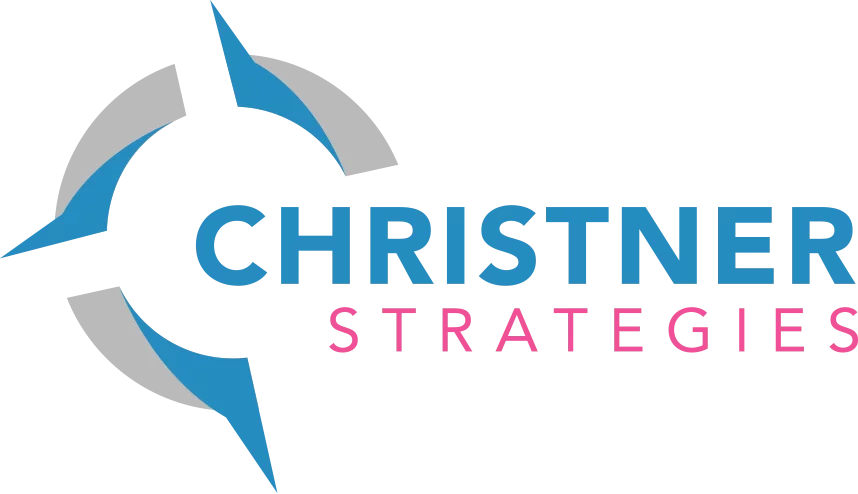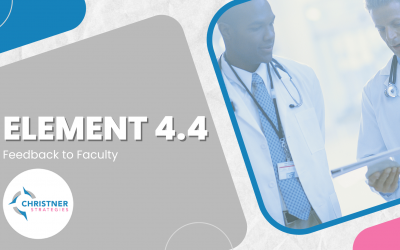Element 4.5 – Faculty Professional Development
A medical school and/or its sponsoring institution provides opportunities for professional development to each faculty member in the areas of discipline content, curricular design, program evaluation, student assessment methods, instructional methodology, and research to enhance his or her skills and leadership abilities in these areas.
Hidden Curriculum
Element 4.5 states that there are professional development opportunities in areas such as education and assessment, research, and the faculty member’s specific field of expertise. This includes the implicit values, beliefs, and behaviors that impact faculty development within a medical school and all its sites.
Best Practice
Have knowledgeable individuals who can assist faculty in improving their teaching and assessment skills. This includes assisting faculty in developing and implementing instructional methodologies and assessment methodologies that are aligned and well suited to achieve the desired objectives. Examples of dedicated resources can include your school’s Office of Faculty Development of Faculty Affairs, Department of Education, etc. If you have a regional campus, you should make sure that they have the same access to resources.
Another best practice is the availability of faculty development programming, whether in-person or virtually, to all faculty at all sites. How are your faculty informed of such availability? This information can be made available via your school’s website, through a listserv email to administrators, chairs and educators. Making sure that all faculty at all sites are able to access professional development related to their roles (e.g., in teaching/assessment).
Develop and implement a system to identify faculty members experiencing challenges with their teaching and assessment skills, establish mechanisms and resources for remediation, track the outcomes of remediation efforts, and establish a clear plan of action in case remediation is unsuccessful. Utilize data collection from student evaluations using your school’s software program (e.g., E*Value, Leo, etc.). Integrate this data into your school’s annual course review process to facilitate the identification and remediation of faculty members struggling with teaching and assessment skills.
Faculty performance assessment can also involve observations by course directors and be part of annual performance reviews for faculty in educational leadership roles within the School of Medicine. Analyze this data to pinpoint issues and develop remediation plans. Share the data with leadership, such as the dean of the School of Medicine, deans/directors of curriculum, and relevant education chairpersons and vice-chairpersons. This enables them to make recommendations for identifying faculty or residents requiring support in developing teaching and assessment skills and directing them to appropriate departmental resources and leadership support. Provide adequate funding to support faculty members’ participation in professional development activities related to their own discipline/specialty and to their teaching responsibilities. This support can come from departments for participation in professional development as medical educators, such as attending and/or presenting at national or regional meetings. Provide scholarships to participate and attend regional, national, and international education meetings.
Continuous Quality Improvement
A school must have mechanisms that support the improvement of teaching and assessment skills as well as provide professional development. That involves continuously providing support to faculty members that they can continue to develop professionally in a way that inspires them to fulfill the school’s missions and help guide the school in meeting its mission. Ensure you have several mechanisms to inform full-time, part-time, and affiliate faculty of faculty development opportunities. Keep a database of all faculty development programs (e.g., workshops, lectures, seminars) and, where possible, track participation. Review this data annually to identify areas of vulnerability. Finally, survey faculty periodically to get feedback on the school’s offerings in order to target and bolster professional development offerings at your school.




0 Comments